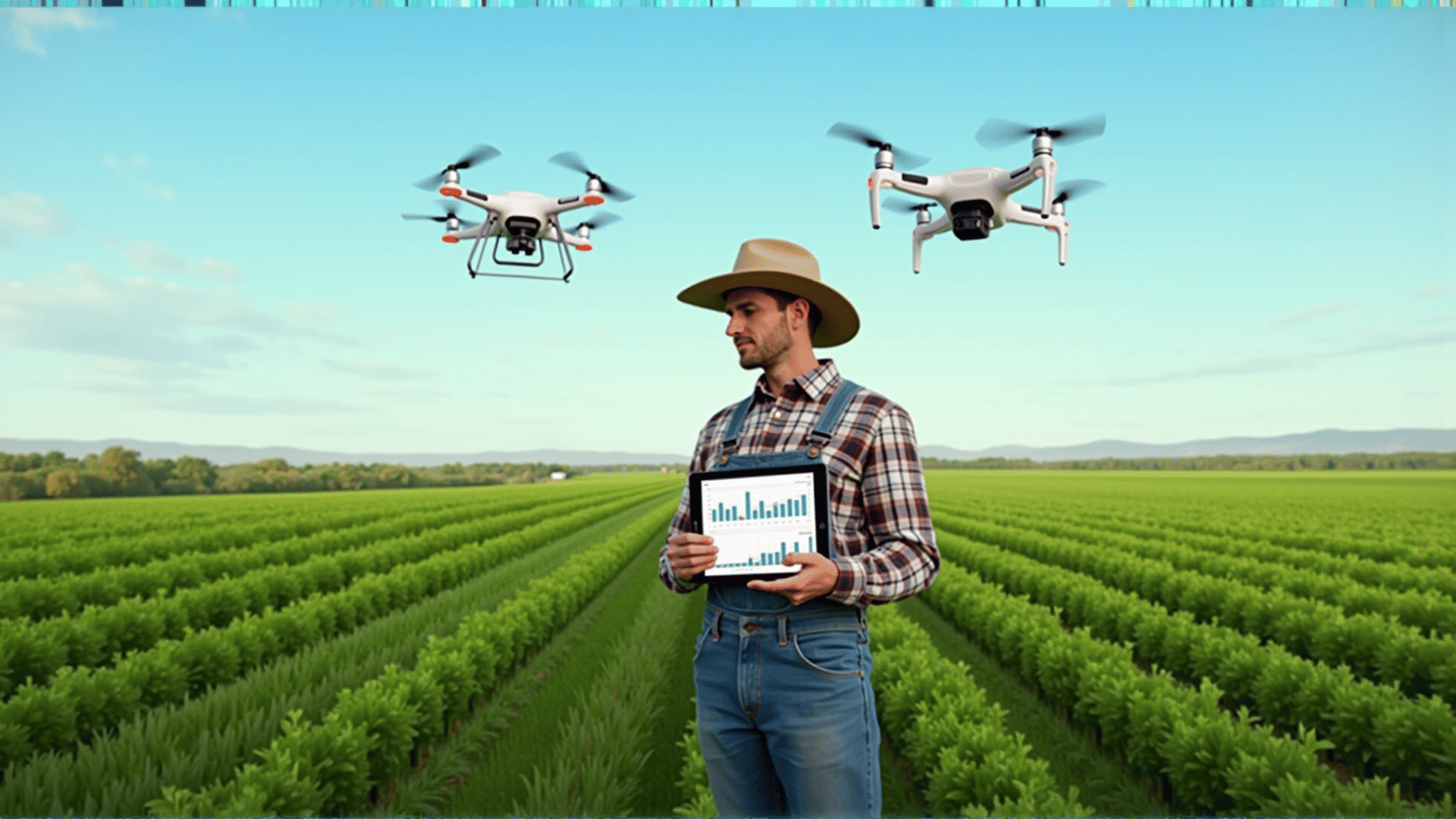In recent years, the agricultural landscape has been undergoing a remarkable transformation, driven by technological innovation. As the global population continues to rise, the need to produce more food with fewer resources has become a pressing challenge. Smart farming technologies have emerged as a promising solution, offering methods to increase efficiency and crop yields while minimizing the environmental impact.
At the core of smart farming is the integration of information and communication technologies into agricultural systems. This approach leverages data analytics, the Internet of Things (IoT), and artificial intelligence (AI) to monitor and manage farming processes with unprecedented precision. One of the most significant aspects of smart farming is precision agriculture, which involves the use of data-driven insights to optimize field-level management regarding crop farming.
Precision agriculture technologies enable farmers to observe, measure, and respond to variability in their crops, leading to more efficient use of inputs such as water, fertilizers, and pesticides. For instance, remote sensing devices and drones equipped with advanced sensors can monitor crop health in real-time, providing farmers with detailed maps of fields that outline variations in crop development. This allows for targeted interventions only where necessary, thereby reducing wastage and minimizing the environmental footprint.
Moreover, IoT devices play a crucial role in smart farming. Sensors placed in the soil can continuously measure moisture levels, ensuring that irrigation systems deliver water accurately to the areas where it is most needed. This precise water management approach not only conserves precious water resources but also prevents over-irrigation, which can lead to issues like soil erosion and nutrient leaching.
Artificial intelligence, too, has become an indispensable tool in modern agriculture. Machine learning algorithms are employed to predict crop yields and detect diseases early. By analyzing vast amounts of data from various sources, AI can identify patterns and make forecasts that help farmers plan better and mitigate risks. For example, AI-driven pest management systems can identify the early signs of infestations, allowing for timely and targeted application of pest control measures.
The rise of smart farming technologies also extends to livestock management. Wearable devices for animals can monitor health indicators such as heart rate and activity levels, alerting farmers to potential health issues before they become serious. Automated feeding and milking systems further enhance efficiency by ensuring consistent and optimal care for livestock.
Aside from boosting efficiency and productivity, smart farming technologies also contribute to sustainability. By reducing the need for chemical inputs and optimizing resource usage, these technologies help lower agricultural carbon emissions and promote biodiversity. Furthermore, data-driven insights encourage practices that enhance soil health and maintain ecosystems, aligning agricultural practices with environmental preservation goals.
However, the widespread adoption of smart farming technologies is not without its challenges. High initial costs, the need for specialized knowledge, and the digital divide in rural areas can impede access and implementation. To address these issues, governments and stakeholders are investing in infrastructure, providing training, and creating incentives to make these technologies accessible to farmers of all scales.
In conclusion, smart farming technologies hold tremendous potential to revolutionize agriculture by achieving higher productivity and sustainability. As these technologies continue to advance and become more prevalent, they promise not only to address the challenges of feeding a growing global population but also to safeguard the health of our planet for future generations. The integration of technology into farming practices signals a new era for agriculture, one where innovation meets responsibility in the quest for a more efficient and eco-friendly food system.
